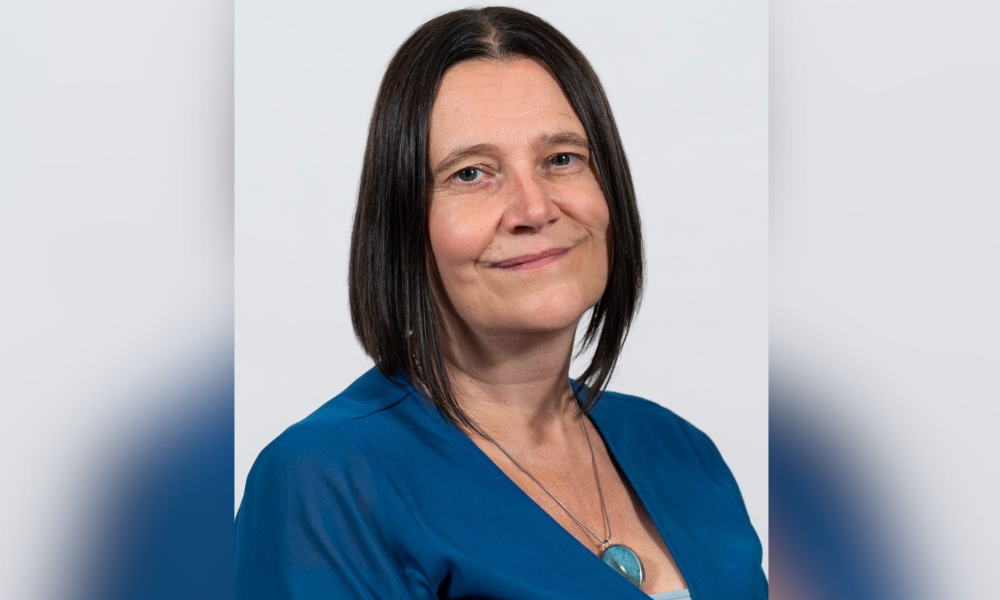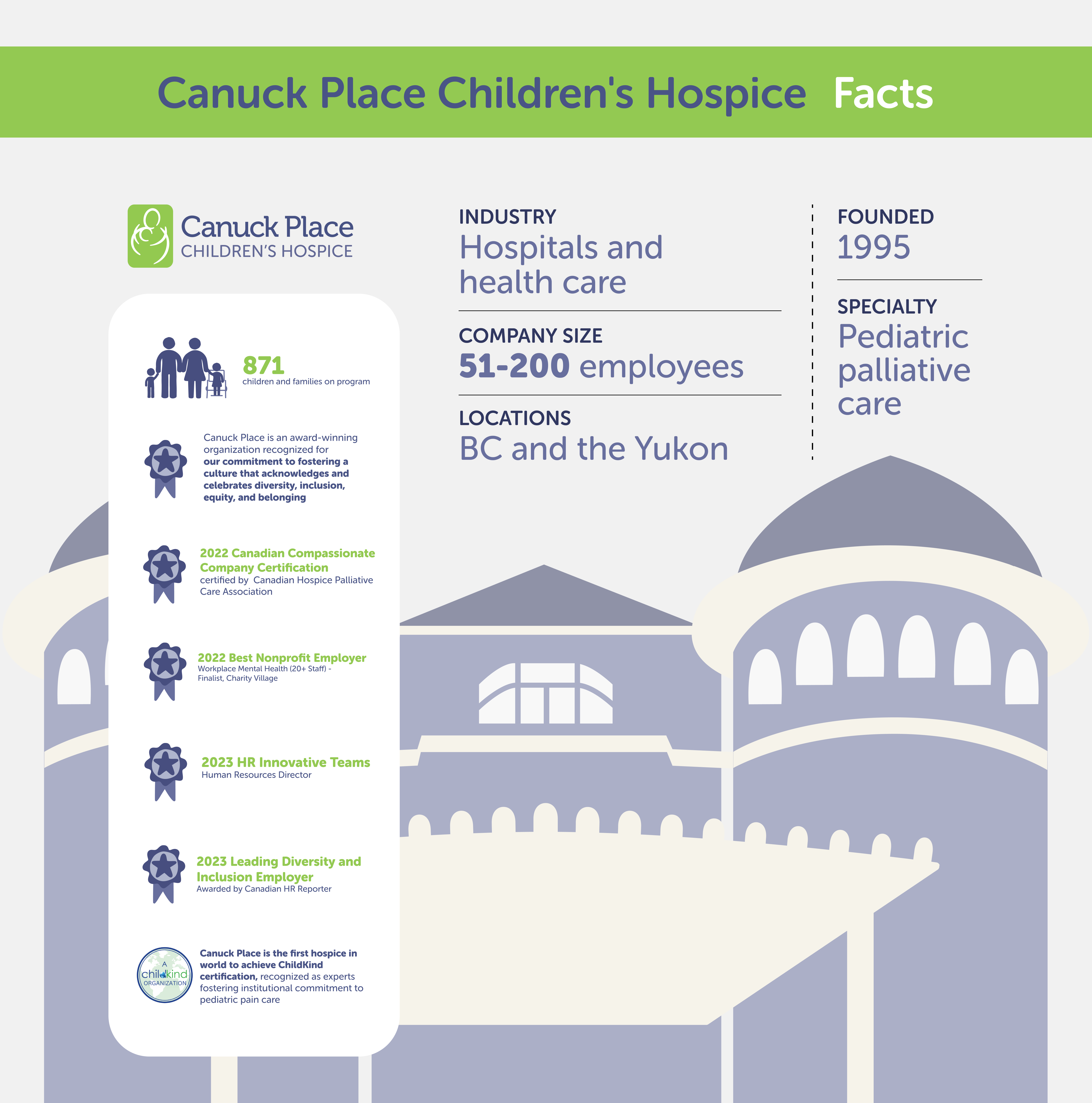
Canuck Place Children's Hospice's director of people and culture on how to act on survey results

When Catherine Gordon first moved from Northern Ireland to London, UK, she never imagined the career path it would set her on. Having begun work at a recruitment agency, Gordon moved into roles in training, development and – eventually – HR.
Now, as the Director of People and Culture at Vancouver, BC-based Canuck Place Children’s Hospice, Gordon uses all her past experiences to guide the organization’s HR strategy and diversity planning. One notable initiative is the introduction of Thoughtexchange, a tool that has revolutionized employee engagement within the organization.
“It's completely anonymous,” she tells HRD. “You can use it in real-time, through a website or an app... It removes hierarchy. There's no 'Senior leadership said this so I have to agree'. It supports neurodiverse individuals and introverts who need more time to think."
This tool has enabled a greater level of transparency and trust – and as result, Canuck Place has enhanced their employee support systems.
"We consistently heard last year that workload was a big problem,” says Gordon, which led to a commitment to recruit 19 new people, a 9.5% increase in headcount to meet the growing demand on services.
And Gordon’s hardly alone in noticing the increasing levels of work post-pandemic. While many employers may have assumed that once COVID dissipated, so too would the burnout, the opposite seemed to happen. In remote work, employees are often working beyond their allotted hours and taking on extra work – all of which is leading to a mental health crisis. According to the Global Workplace Report, burnout reached a record high of 43% in 2020 – with 42% of women adding that they felt ‘consistently’ burned out.
For savvy HR leaders like Gordon, the trick is embedding a culture of support and always leading by example with self-care – all of which should begin with actually surveying your people.
“We do an action plan based on the feedback,” she says. “People feel heard and know that what they say and care about matters. Because of their feedback, we increased our counselling benefits, and expanded our flexible health and wellness account. We committed to hiring new roles and investing in technology infrastructures so that people could do the specialized work that was valuable to them caring for the children and families we serve – and spending more time with their own families.”

This commitment to fostering a family-first culture is something that Gordon prioritizes in other aspects of the organization. Having worked in a variety of sectors and industries, however, she maintains that HR’s core mission always stays the same.
“It's always to care for staff and listen to their needs,” she tells HRD.
In the healthcare context of Canuck Place, this approach involves aligning compensation with healthcare collective agreements and ensuring transparency and fairness in compensation for all staff. One significant achievement was addressing a key recruitment and retention challenge for clinical staff, leading to the implementation of a pension plan.
"We did have an RSP, and as a nonprofit, it was felt that it was too expensive for us even to look at," she explains. After conducting research it just made sense to move forward with a pension. That benefit became effective in 2020 and applies to all staff, clinical and otherwise. It's given us a real competitive advantage not only for the clinical team but for all staff. Overall it's really improved our attraction and retention.”
And for HR professionals navigating uncharted territories, Gordon recommends a proactive approach.
"We do purchase external salary surveys for non-direct care staff,” she says. “To match to that market data to be as competitive for those employees as well. Asking staff what's really important to them, rather than assuming you know, could offer cost-effective different benefits that are better aligned to your sector and organization.”